Photographs: Reuters Indira Rajaraman
The office of the CAG, underpinned by the Indian Audit and Accounts Service, is among the prominent provisions in the Constitution for the economic protection of the Indian population.
Over time, it got reduced to insignificance because of a narrow interpretation of its mandate.
The macroeconomic situation in the Indian economy today is so dire that the only desperate need of the moment is getting the coal to flow from those blocks.
That is the real scam, the failure to scoop out the coal even after an allotment procedure apparently chosen to hasten production.
Any ham-handed attempt at restoring revenue to the exchequer which further retards coal production will only impose yet another cost on the long-suffering Indian population, over and above what they have already lost through selective allotment in place of auction of rights to mine coal.
Power generation and growth are not the only concerns.
At stake is the health of the banking sector, which is exposed to the allottees and will get payback only when the coal begins to roll.
. . .
All about the coal and the CAG
Image: A woman labourer protects herself from sun as she holds her child at a coal yard on the outskirts of Ahmedabad.Photographs: Amit Dave/Reuters
On the Comptroller & Auditor General, there are three strands to the public debate about the report which need to be separated.
First, there is the allegation that the CAG exceeded his remit by addressing a policy issue. Second, there is that estimate of Rs 1.86 lakh crore (Rs 1.86 trillion), of how it was calculated and what it represents.
Third, there is the issue of whether the report is politically neutral.
On the first, the problem arises because the word policy is loosely used to cover both public policy choices and the procedures and processes through which those choices are pursued.
The CAG was not questioning the decision to issue coal blocks to private players.
. . .
All about the coal and the CAG
Image: A labourer smokes after loading coal onto trucks at a coal yard near Chiwaki railway station in Allahabad.Photographs: Jitendra Prakash/Reuters
He was only investigating the manner in which that decision was implemented, as he is Constitutionally required to do.
In this case, the issue was even more tightly circumscribed.
It had to do with why the government did not adhere to its very own statement of intent, as set out in a note from the Coal Secretary in June 2004, to auction the right to mine coal.
This intent, aside from making powerful sense in itself, is entirely in line with global trends.
Although the Labour government in Australia fell in 2010 for daring to introduce a super tax on mining profits, the worldwide move to tax windfall gains from mining has gained political strength in the context of the global fiscal crunch, and buoyant commodity prices (and incidentally, carries the support of economic theory).
. . .
All about the coal and the CAG
Image: A labourer drinks water as he takes a break from loading coal onto trucks at a coal yard near Chiwaki railway station in Allahabad.Photographs: Jitendra Prakash/Reuters
Now to that vexatious estimate of Rs 1.86 lakh crore.
As the report makes clear, this is a rough measure of the potential profit accruing to the lucky few who got the licence.
Readers have to go no farther than the Executive Summary to get the following sentence: "Audit has estimated financial gains to the tune of Rupees 1.86 lakh crore likely to accrue to private coal block allottees. . .
"A part of this financial gain could have accrued to the national exchequer by operationalising the decision taken years earlier to introduce competitive bidding for allocation of coal blocks." (Emphasis added.)
If the entire sum continues to be wrongly played up by the media as the loss to the exchequer, the fault does not lie with the CAG.
. . .
All about the coal and the CAG
Image: A labourer works at the Mahanadi coal fields at Dera, near Talcher town in Orissa.Photographs: Rupak De Chowdhuri/Reuters
I have written on media misreporting before ("Scams and the Media," December 4, 2010), in connection with the CAG's estimate of losses from the 2G spectrum allotment.
The figure of Rs 1.76 lakh crore (Rs 1.76 trillion) from 2G has been flown from so many media pennants that it can no longer be dislodged from the minds of the public as the true estimate of the exchequer loss.
In Chapter 5 of the 2G report, the CAG was very careful to present three estimates, of which the 1.76 number was at the far end, and the most contestable, because it was based on the 3G auction which followed much later.
But the media seized it for its sensation value, and ran with it.
. . .
All about the coal and the CAG
Image: A worker opens the entry gate of an underground coal mine in the Mahanadi coal fields at Dera, near Talcher town in Orissa.Photographs: Rupak De Chowdhuri/Reuters
In the current coal case, the figure of Rs 1.86 lakh crore as the measure of potential profit over the lifetime of the mine has been criticised for being an undiscounted sum, and for the price figures used.
No one is prevented from constructing a time stream and discounting at any rate of their choice, or trying other price and cost configurations.
The issue survives any correction of the sum.
Finally, any reader of the CAG report cannot possibly see it as politically partisan.
Details of policy in place are fully presented going back to coal nationalisation in 1972-73, along with numbers on coal blocks allotted right from 1993, when captive mining was opened up to private players in power, and iron and steel.
. . .
All about the coal and the CAG
Image: A labourer loads coal onto a truck at a coal yard on the outskirts of Jammu.Photographs: Mukesh Gupta/Reuters
The (net) number of allotted blocks after 2004 stands at 142. Between 1993 and 2004, it was either 39 (para 4.2) or 52 (para 5.1).
These small internal inconsistencies were avoidable, but they do not detract from the objectivity of the report.
The office of the CAG, underpinned by the Indian Audit and Accounts Service, is among the prominent provisions in the Constitution for the economic protection of the Indian population.
Over time, it got reduced to insignificance because of a narrow interpretation of its mandate.
. . .
All about the coal and the CAG
Image: Labourers load coal onto trucks at a coal yard on the outskirts of Jammu.Photographs: Mukesh Gupta/Reuters
But when those shackles are thrown off, it becomes particularly important to keep the focus on the output of the office, not the person occupying it.
The fiscal history of the country is replete with similar instances of lost revenue.
The most egregious of these happened not in the last two buccaneering decades, but way back in the fifties, sixties and seventies, when licences to import goods on the restricted list were given away to selected allottees.
The switch to a tariff equivalent finally happened only in the mid-eighties, and garnered huge tax revenues for the exchequer.
Those revenues evaporated again with tariff reduction in the nineties.
The point is that we have repeatedly failed to gain revenue advantage from such policy configurations as were in place at any time, because of poorly designed procedures.
The political motivation for design failure lives in the system regardless of the party in power.
It can be removed only with deep structural reform of public institutions.

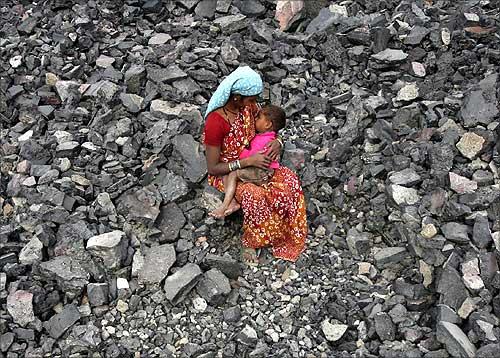
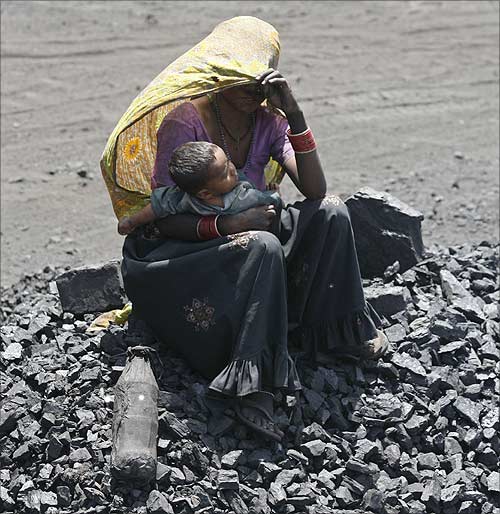
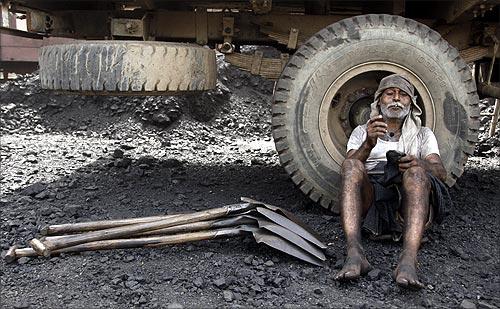

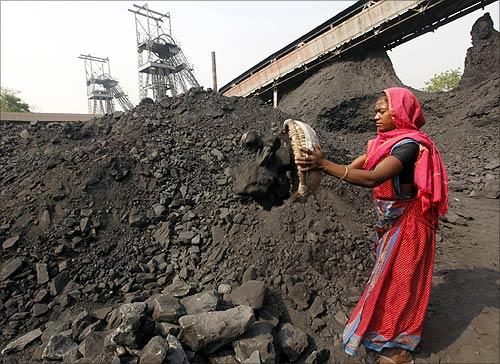

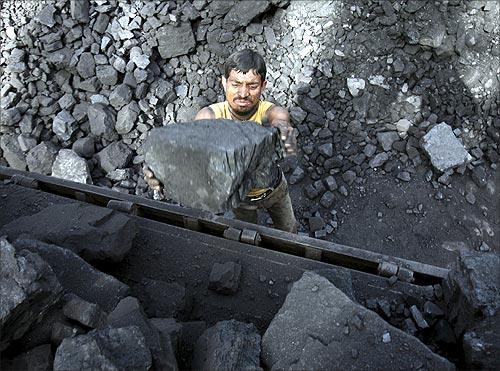


article